To mark its 260th anniversary and following its recent acquisition by MAVNU Limited, hubergroup shares its vision on the challenges and opportunities in the ink and specialty chemicals industry. The company reviews its historical legacy, the keys to its sustainable innovation, and the growth prospects that mark the beginning of a new global stage.
1. What were hubergroup’s founding values and how have they adapted to modern times?
Since 1765, when Mathias Mittermayr decided to produce inks, the courage to explore new paths has been the foundation of hubergroup. Curiosity, courage, and creativity have guided the company throughout its history. Today, connection is added, understood as the ability to build strong relationships with clients and international teams. Thanks to this, the company develops pioneering solutions aligned with sustainability and market changes.
2. How is the company’s current mission defined in its two main divisions?
Under the management of MAVCO Investments and Avenue Capital Group, hubergroup is entering a phase of accelerated growth. Its goal is to consolidate its leadership in sustainable printing solutions for packaging—including conventional offset, UV, and liquid inks—in addition to expanding the specialty chemicals division to create long-term value.
3. In such a competitive market, what distinguishes hubergroup as a strategic partner?
Its strength lies in a sustainable and holistic portfolio along with close technical service. Its global network of specialists maintains direct contact with clients, optimizing processes and products to improve efficiency, reliability, and sustainability. This constant dialogue also allows anticipating trends and quickly adjusting developments.
4. After the acquisition in 2025 and the 260th anniversary, what historical milestones mark its global and technological expansion?
Some key milestones are: 1765: Mittermayr obtains permission to manufacture inks; 1780: Georg Huber drives expansion; 1815: Michael Huber I collaborates with Alois Senefelder in lithography; “Michael Huber München” is born; 1892: Josef Huber opens a factory in New York, the first international step; 1945: Reconstruction after the war and specialization in inks; 1965: Opening of facilities in Kirchheim/Heimstetten; 1997: Launch of MGA, a reference in safe inks for food packaging; 2006: Acquisition of Micro Inks Ltd. in India and introduction of the Gecko system; 2007–2008: Success of the INKREDIBLE, HYDRO-X, and NewV series; 2014: Global unification under the hubergroup brand; 2016: Elimination of cobalt in formulations; 2017: First ink manufacturer with Cradle to Cradle certification; 2020: Creation of the Chemicals division; 2025: Acquisition by MAVNU Limited and the beginning of a new stage.
5. What has the change of ownership meant and what opportunities does it open?
The entry of MAVNU drives a new phase of growth. The goal is to transform hubergroup into a benchmark in printing solutions for packaging and to strongly expand its chemical business. This requires a more agile and unified organization, capable of offering sustainable innovations to global clients quickly and effectively.
6. How will the 260th anniversary be celebrated and what is the projection of the legacy?
The celebration will be mainly internal, with communication initiatives for employees. Currently, hubergroup has more than 3,000 employees, a turnover of €743 million in 2024, production of 172,380 tons of ink and 25,016 tons of raw materials, in addition to more than 150 offices and representatives worldwide. The company excels in offset, UV, and metal packaging inks, with a strong presence in Europe and India.
7. What certifications support its commitment to quality, the environment, and safety?
Sustainability is at the core of its innovation. Its products are designed to facilitate recycling and deinking, and include LED inks that allow CO₂-free processes. Among its achievements: 75% of plants with Cradle to Cradle certified production; Products with the Blue Angel ecolabel; Various ISO certifications; Bronze rating in EcoVadis. And Annual Sustainability Report with measurement of Scope 3 carbon footprint. In addition, plants with high environmental standards stand out, such as the energy plant in Italy and the water treatment plant in India.
8. Can you share a recent success story in emerging markets such as India or Latin America?
In India, hubergroup developed a white polyester ink and an acrylic varnish for three-piece aerosols, tested by Hindustan Tin Works, the largest can manufacturer in the subcontinent. The results led to repeat orders, reinforcing its reputation for innovation and quality.
9. What do the new Cold Foil Silver and Gold adhesives contribute?
Based on NewV lac MGA UV-curable technology, these adhesives offer brilliant and precise metallic effects with great productive efficiency. In addition to improving the aesthetics of packaging, they reduce initial waste and start-up costs, favoring more sustainable processes without sacrificing quality.
10. What is the new leadership’s vision on the challenges in the ink and chemical sectors?
CEO Premal Desai, along with Carsten Zölzer, Taner Bicer, and Arup Basu, identifies the main challenges as: increased costs of raw materials, transportation, and energy; limited availability of inputs; increasing regulatory pressure; and the transition to the circular economy. Despite this, management is confident in its capacity for innovation and sustainable approach to overcome them.
11. What role does collaborative innovation with clients and institutions play?
The global technical service guarantees proximity to clients, which allows understanding their challenges and developing joint solutions. This model includes on-site testing and continuous dialogue, ensuring that products adapt precisely to real production environments.
12. What message does the new management convey about hubergroup’s roadmap?
The strategic objective is clear: to consolidate itself as a leader in packaging printing and as a leading supplier of specialty chemicals. To this end, the company is moving towards a more agile and focused organization, capable of responding quickly to global clients with sustainable innovations.
In the metal decoration segment, the priority is to expand into new markets and strengthen existing ones with the NewV tin and TINKREDIBLE series. As Jan Museler, Market Manager Metal Decoration, points out, comprehensive and continuous support for printers will be decisive.
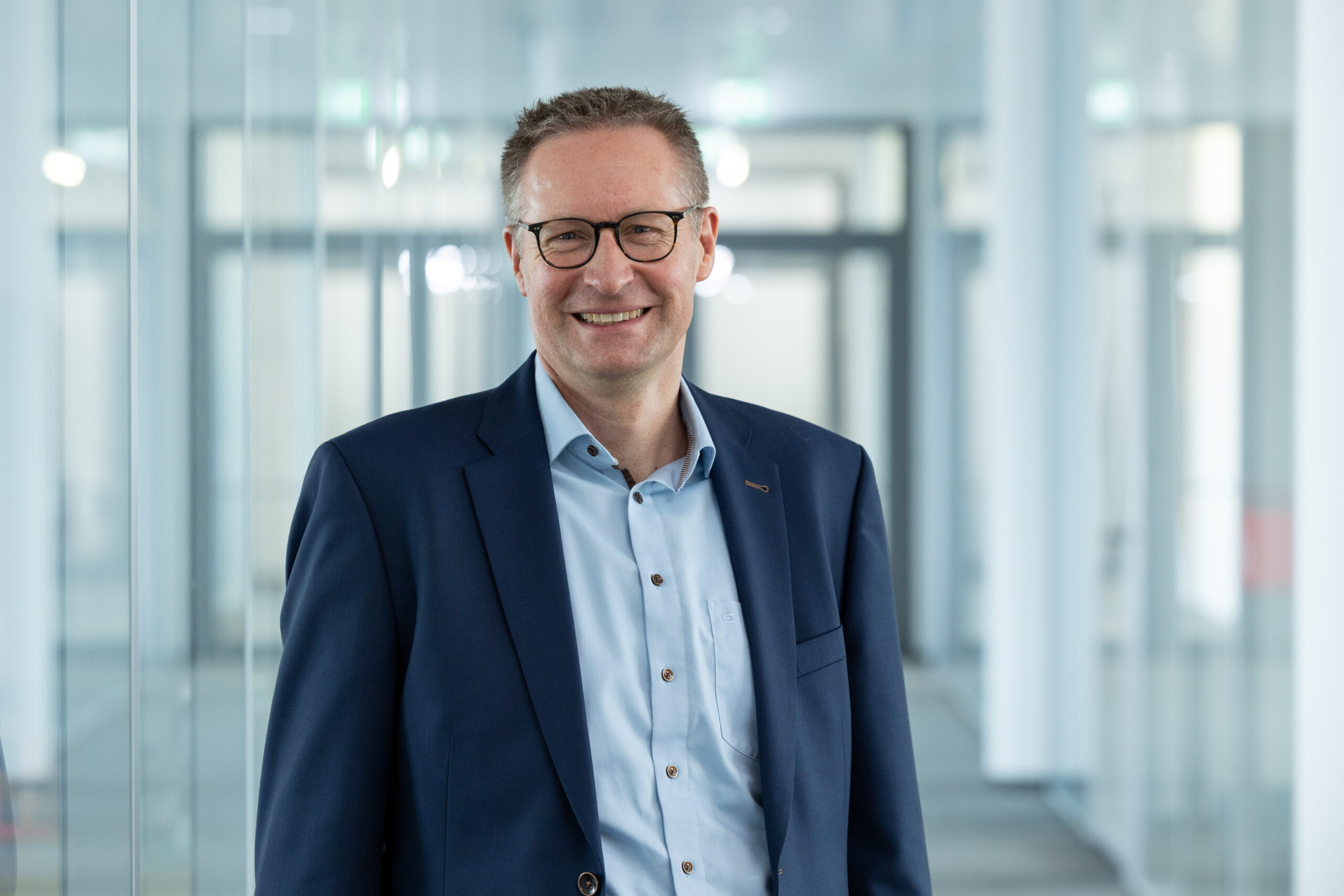
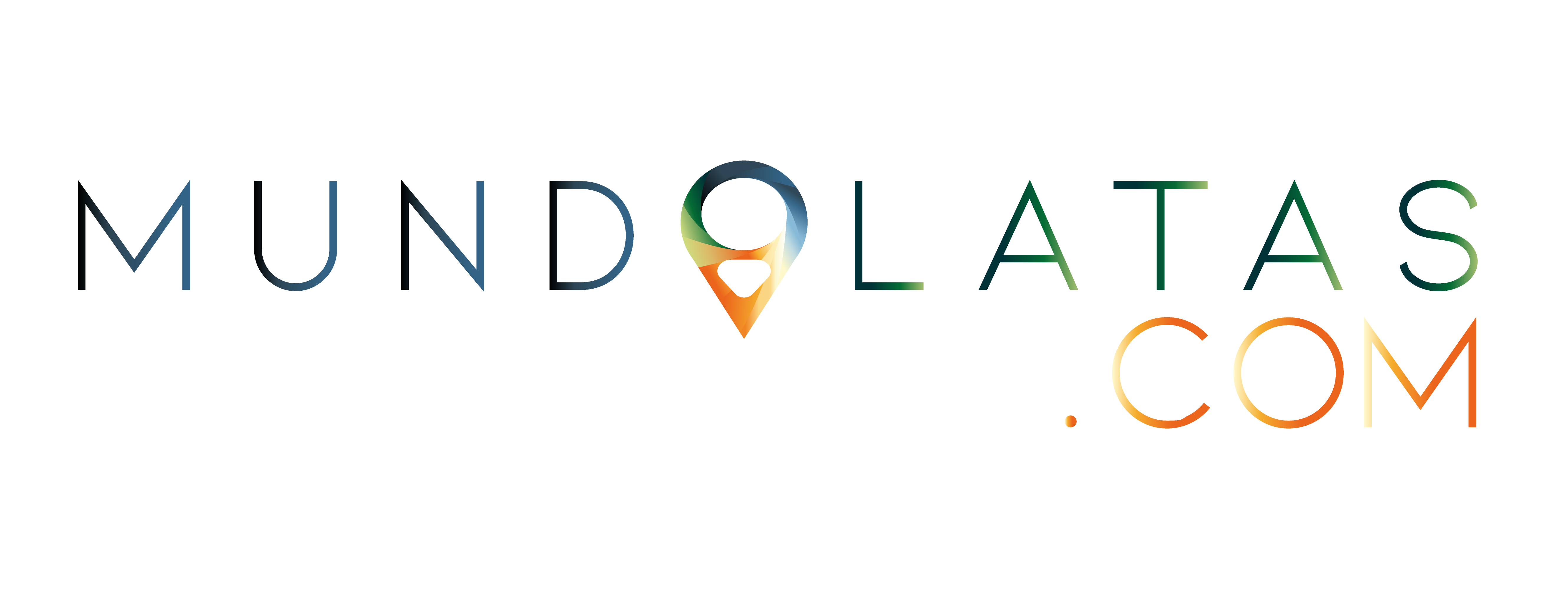
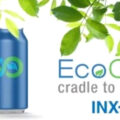
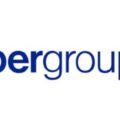
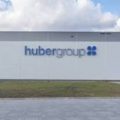

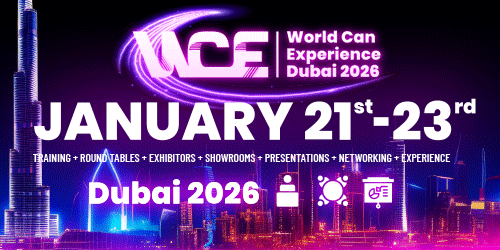

0 Comments